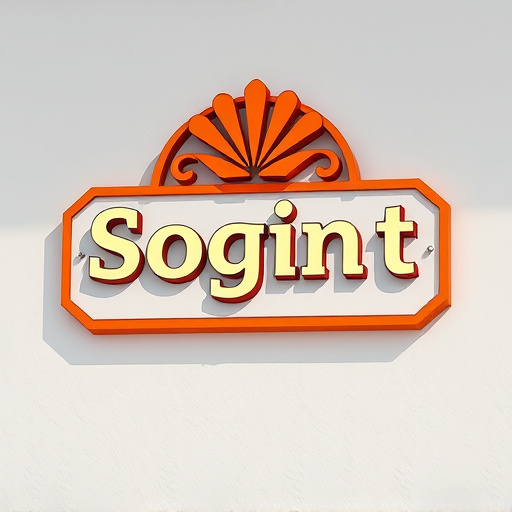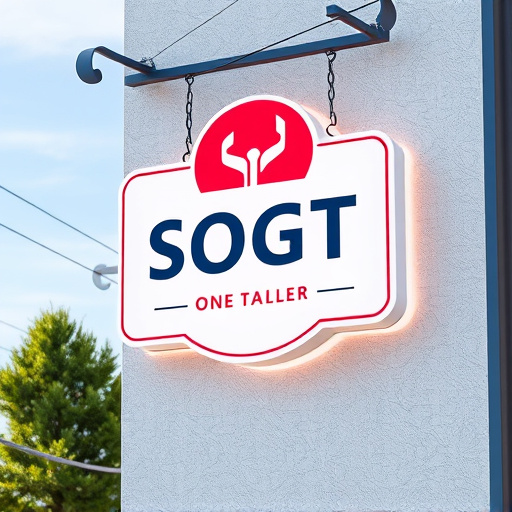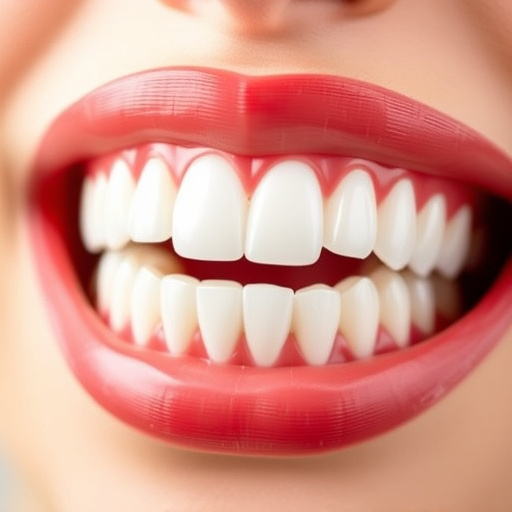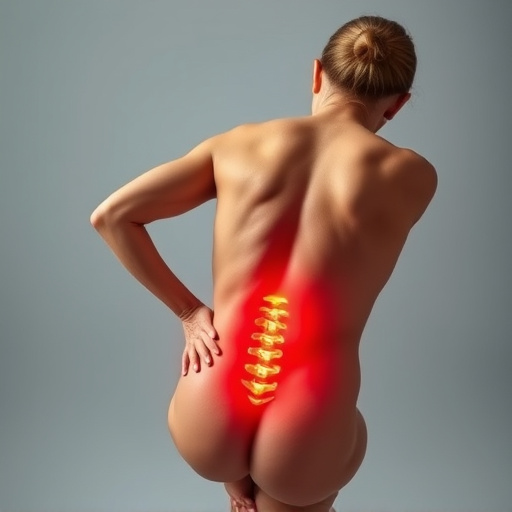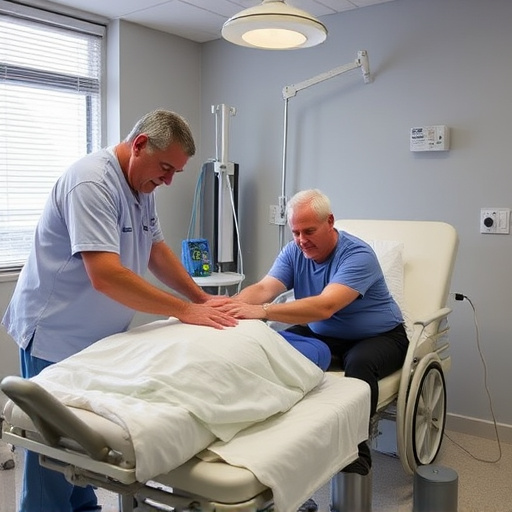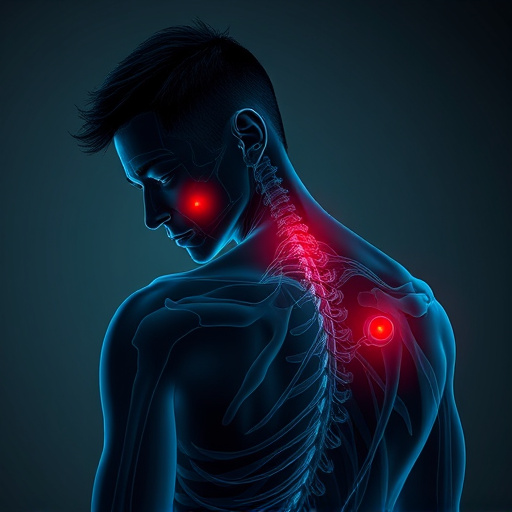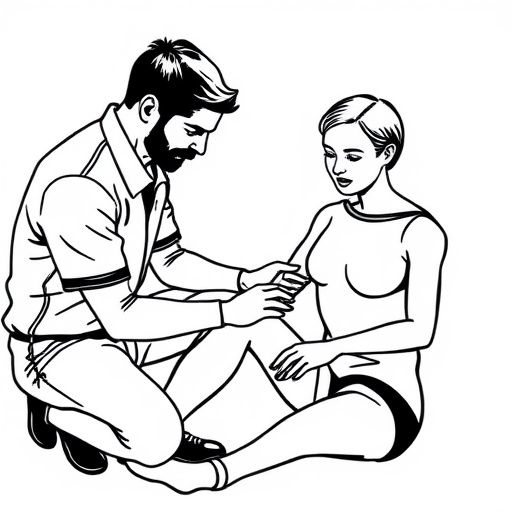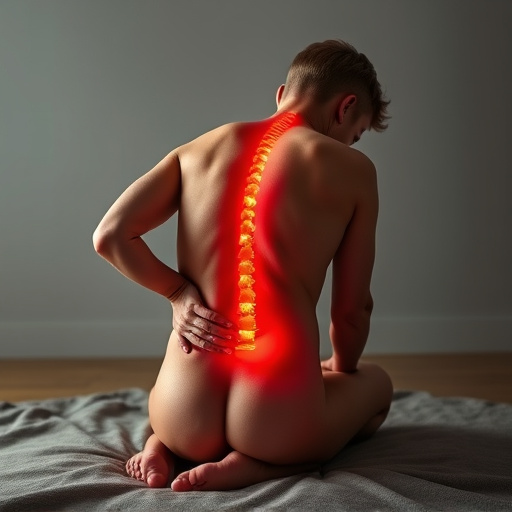Ergonomic injury treatment combines manual therapy, exercise, and postural re-education to address work-related musculoskeletal issues. Massage therapy complements this approach by reducing tension, improving circulation, and accelerating recovery for conditions like whiplash and work injuries. Integrating massage with ergonomic principles enhances rehabilitation outcomes for back pain and pinched nerve relief, preventing scar tissue formation and encouraging better posture for long-term injury prevention.
Ergonomic injury treatment is a multifaceted approach to addressing musculoskeletal disorders stemming from poor work habits or repetitive tasks. Combining this with massage therapy offers a powerful complementary strategy. This article delves into the fundamentals of ergonomic injury protocols, explores the benefits of massage as a therapeutic tool, and provides insights on seamlessly integrating these techniques for enhanced patient care. By understanding these practices, healthcare professionals can offer more comprehensive solutions to patients experiencing ergonomic-related discomfort.
- Understanding Ergonomic Injury Treatment Fundamentals
- Massage Therapy: A Powerful Complementary Tool
- Integrating Techniques for Optimal Patient Care
Understanding Ergonomic Injury Treatment Fundamentals
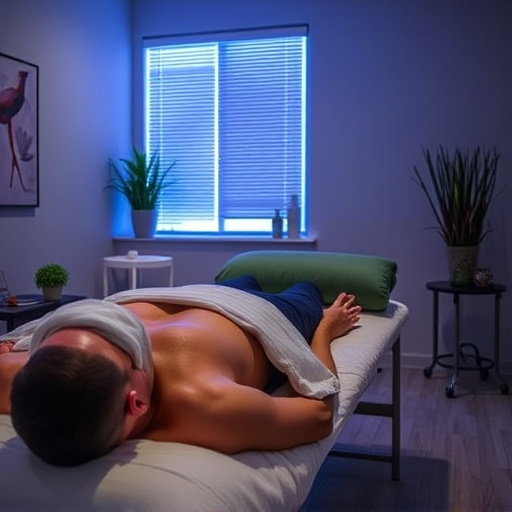
Ergonomic injury treatment is a multifaceted approach aimed at addressing and preventing issues related to prolonged static postures, repetitive tasks, and poor work-related habits. It involves understanding the root causes of discomfort or pain, which can manifest as muscle strains, tendonitis, carpal tunnel syndrome, or even more severe conditions over time. The fundamental goal is to restore proper alignment, enhance mobility, and promote sustainable work habits.
Through personalized treatment plans, therapists focus on techniques such as manual therapy, exercise prescription, and postural re-education. These methods help improve blood flow, reduce inflammation, and facilitate the body’s natural healing processes. For athletes or individuals recovering from sports injuries, ergonomic injury treatment can play a crucial role in speeding up recovery while also educating patients on long-term strategies to maintain optimal physical health and prevent future injuries, particularly those linked to repetitive motions or poor workplace ergonomics.
Massage Therapy: A Powerful Complementary Tool
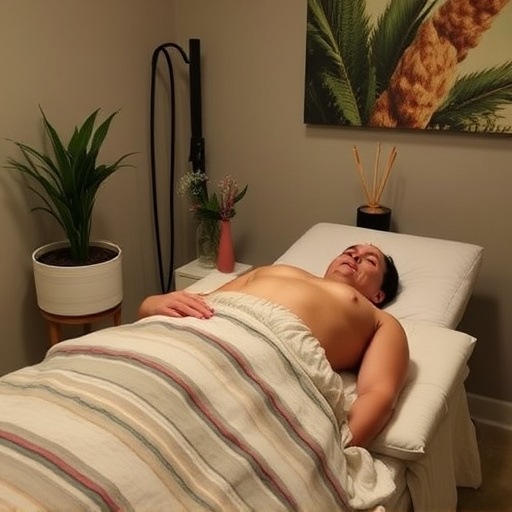
Massage therapy serves as a powerful complementary tool within ergonomic injury treatment protocols. By targeting specific muscle groups and promoting relaxation, massage can alleviate tension, improve circulation, and enhance recovery for individuals suffering from musculoskeletal disorders related to poor ergonomics or work-related injuries like whiplash or personal injury chiropractic issues.
Incorporating massage into ergonomic injury treatment plans offers a holistic approach, addressing not only the physical symptoms but also the psychological aspects of pain management. The soothing touch of massage can help reduce stress and anxiety levels, which are often exacerbated by chronic pain. Additionally, regular sessions can aid in accelerating the body’s natural healing process, making it an invaluable asset for anyone seeking comprehensive whiplash treatment or looking to alleviate discomfort from spinal adjustment procedures.
Integrating Techniques for Optimal Patient Care
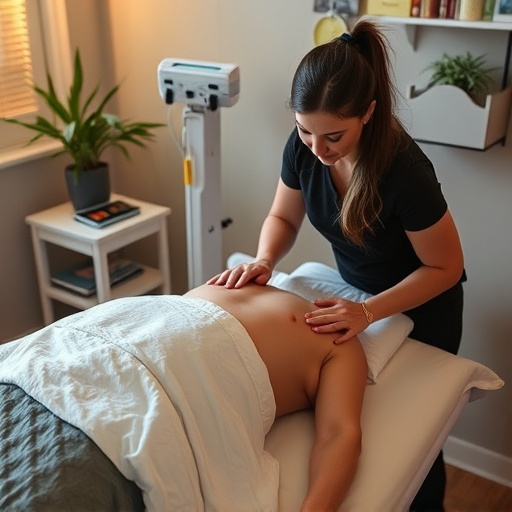
In the realm of ergonomic injury treatment, integrating diverse techniques is key to providing optimal patient care. Combining massage therapy with ergonomic principles can significantly enhance recovery outcomes for individuals suffering from post accident rehabilitation challenges, particularly back pain relief and pinched nerve relief. Massage therapists can utilize specific strokes and pressure points to alleviate muscle tension, improve circulation, and release trigger points associated with ergonomic injuries. By incorporating this approach into a comprehensive treatment plan, patients benefit from accelerated healing, enhanced flexibility, and improved overall well-being.
This synergistic combination goes beyond mere symptom management; it aims to address the root causes of discomfort. Massage helps relax overworked muscles, reduces scar tissue formation, and facilitates better posture, all of which contribute to long-term prevention of recurring ergonomic injuries. Tailoring these techniques to individual patient needs ensures a holistic approach that not only provides immediate back pain relief but also empowers individuals with strategies to maintain optimal health and prevent future incidents.
Combining massage therapy with ergonomic injury treatment protocols offers a holistic approach to patient care. By understanding the fundamentals of ergonomic injury management and leveraging the power of massage, healthcare professionals can provide more comprehensive relief for patients suffering from musculoskeletal disorders. Integrating these techniques allows for a tailored treatment plan that addresses both the physical symptoms and underlying causes of ergonomic injuries, ultimately enhancing patient outcomes and promoting a healthier work environment.



